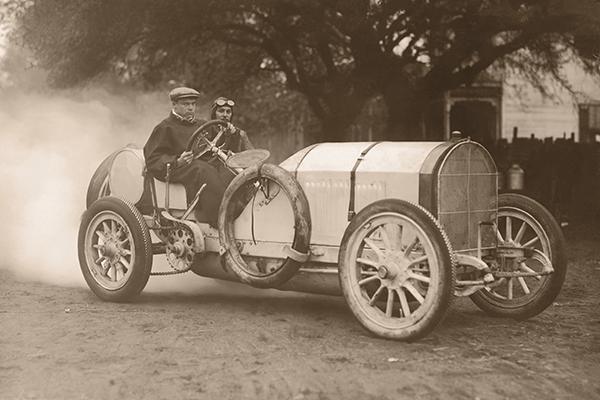Digital Strategy Series: Pinpoint Precision With SEO and Social

Article Highlights:
- A good SEO strategy depends on unique, keyword-targeted website content.
- Facebook's various Audiences offer data-driven targeting capabilities.
Whether dealers are found by their customers, and how they build relationships with them, depends on what they say online and where they say it. As a result, content marketing has never been more important to dealerships than it is today.
In the second of a series of interviews, I sat down with Chris Walsh, vice president at Naked Lime Marketing, to get more insight into how dealers should be employing search engine optimization (SEO) and social strategies for a targeted approach supported by relevant, timely, and useful content.
Tell me how an SEO strategy is meant to drive traffic to the dealer’s website, and ultimately the showroom floor.
Shoppers today use 24 research touch points on average during the vehicle purchasing process. The whole point of SEO is to position your site to be not only one of those touch points, but to be the one that makes consumers pause and say, “This is it. This is what I’ve been looking for.”
A good SEO strategy depends on unique, keyword-targeted website content that pushes your site to the top of organic search results. The best dealerships are achieving this with on-site SEO, making your website search engine friendly, and off-site SEO, promoting your site on the web.
How does a social media presence help dealers better target potential customers?
At this point, no one disputes dealerships need a presence on social media. What’s not always clear is exactly how social media helps dealers get found and connect with consumers.
That’s why content really is king. Quality content is what can differentiate your brand from advertising noise, and it’s what can establish a connection and emotional resonance with consumers.
The challenge for dealers is in making sure dealership blog posts or posts on national automotive blogs are fresh. Content should be relevant, useful, and point customers to some actionable insight, such as clicking to reach a vehicle detail page or claim a service special.
But, having that organic presence is just the beginning – it’s important to go beyond posting with paid advertising. Facebook serves as a good example of this because of its clearly laid-out targeting capabilities.
Facebook’s Core Audiences, Custom Audiences, and Lookalike Audiences offer targeting capabilities that are data-driven and ready to be leveraged. Once again, having the right content to hook your targeted audience and meet their needs is critical.
How exactly does that work?
Well, the different Audience capabilities in Facebook offer targeting based on different methods. Core Audiences are based on location and various demographic information, Custom Audiences are pulled from dealer-provided lists, and Lookalike Audiences are finding those prospects who share key traits with your best customers.
So, the exact information gleaned from the targeting depends on the approach you take, and the approach you take is dictated by what your goals are.
Once you have your targeted group selected, you gear the content, which should contain a relevant, actionable offer or insight, to meet the stated or inferred needs of the group of consumers you’re trying to target.
That sort of flexibility and adaptability to suit dealers’ goals is one of the strengths of having multiple targeting approaches and using social media to pinpoint potential buyers.
Any final thoughts you’d like to leave dealers with?
One of the key things to remember is that both on-site SEO – making sure your website pages, titles, tags, content, and overall structure are optimized for your target keywords – and off-site SEO – having significant inbound links from highly respected external websites – are essential to dealer growth and profitability. Depending on brand loyalty or even a good reputation just doesn’t cut it anymore.
A lot of dealers can be frustrated by what they perceive as the complexity or difficulty of developing a successful SEO strategy. It’s true search engines are constantly changing their algorithms and new social networks pop-up all too frequently, which can make it difficult to keep up.
In our experience, the most successful dealers are those who can either afford to hire dedicated SEO and social media resources or who can partner with a proven vendor to make these strategies work and drive traffic to the showroom floor.
Related Articles:

From Mailbox to Inbox: A Hybrid Approach to Reaching Your Customers
It’s easy to weigh the pros and cons of an email marketing strategy versus a direct mail one. Email marketing delivers your message to customers…

Crafting a Winning Story: Dealership Lessons from Olympic Opening…
While most dealerships aren’t getting Olympic-level coverage, it’s still important to think about what kind of story you’re conveying to consumers.

The Evolution of Cars and Consumer Expectations
Have you ever thought about how far the automotive industry has come since the creation of the first car? From three-wheeled cars to punch-inducing Volkswagen Beetles…

4 Things Every Dealership Can Do to Prepare for Future Success
Right now, your dealership is successful and running smoothly. That’s a great first step towards ensuring future success, but there’s always more work to do.…















